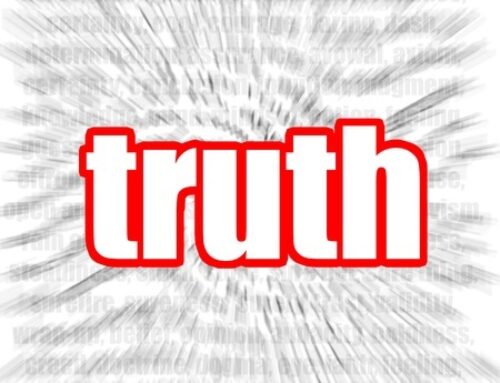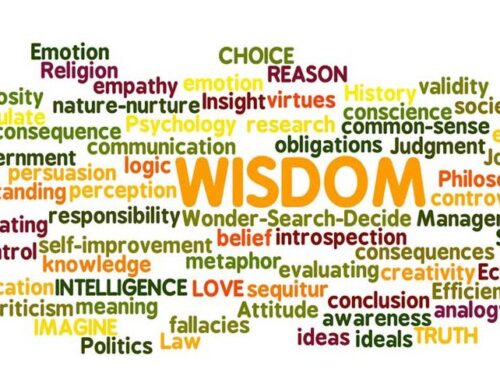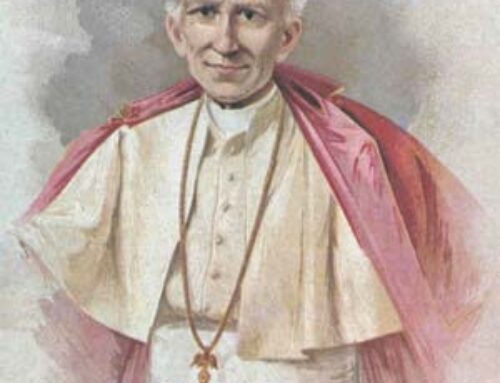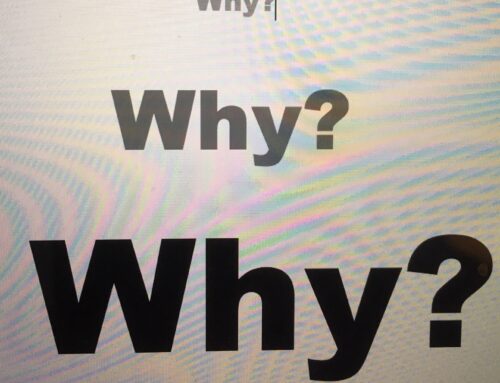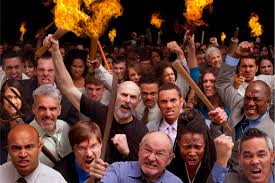
The underlying idea is familiar: Trump’s words cause hatred of immigrants, racial division, misogyny, homophobia, and general animosity. He is therefore to blame for the violence at his rallies and, by implication, elsewhere in America.
I am no fan of Donald Trump, and in fact have been as critical of his rhetorical offenses as anyone. But I am a supporter of sound, logical reasoning, which leads me to reject the rush to brand him solely, or even mainly, responsible for anger and violence in our society.
I’ll begin by clarifying something that should have been central to American education but has been largely ignored for the last five decades—how to identify the causes of a series of events. As I have explained in a number of places (see, for example, Corrupted Culture), when dealing with such a series, sorting out causes and effects can be difficult because the effect of one event becomes the cause of the next event—for example, when a squirrel crosses a road and a driver swerves and hits another car, which careens onto the sidewalk, killing a pedestrian.
Also, causes can be classified in several ways: moral versus physical (If I tell you to throw a rock through a window and you obey, I am the moral cause of the damage and you are the physical cause); principal versus instrumental (If John fires a gun and shoots someone, John is the principal cause and the gun is the instrumental cause; proximate versus remote (If a baseball player hits a ball and it goes over the fence and breaks a car window, the ball is the proximate cause of the shattered window and the player is the remote cause).
Finally, a crucial distinction must be made between the realm of science and the realm of human behavior. In science, causation refers to the influence of one physical force or object upon another. For example, a lightning bolt striking a house and the house catching fire and burning. Or a flower pot falling off a window ledge and shattering on the ground. Or a speeding car failing to negotiate a curve, careening off the highway, and crashing into a tree. In such cases, a scientific principle or law applies—combustion, gravity, inertia—and the effect is certain or, at the very least, highly predictable.
In the realm of human behavior, however, causation refers to the influence of an idea on the thoughts and/or actions of those who embrace it. For example, being exposed to the values and attitudes of our parents and then exhibiting them later in our own lives; or hearing a point of view expressed by others and embracing it ourselves.
The main difference between scientific events and human events lies in the kind of influence exerted. The former concern hard or irresistible causation; the latter, soft or resistible causation.
In other words, in scientific events the cause forces the effect to occur; in human events, the cause invites, encourages, or inspires the effect. Though cultural pressure may make it difficult for people to resist a behavior, they retain the power to do so. For this reason, the main responsibility for acts of incivility or violence lies with the perpetrators.
With that in mind, let’s consider some examples of inviting, encouraging, or inspiring incivility and/or violence.
Psychologist Carl Rogers taught his legions of followers that they make their own truth and the way to do so is through their feelings rather than reason.
These ideas, prominent our culture since the 1960s, lead people to respond emotionally rather than thoughtfully to situations. When the emotions are anger and resentment, violence sometimes follows.
Saul Alinsky, mentor of both Barack Obama and Hillary Clinton, wrote Rules for Radicals, which he dedicated to “Lucifer.”
Examples of his ideas: “Society has good reason to fear the radical. Every shaking advance of mankind toward equality and justice has come from the radical. He hits, he hurts, he is dangerous. . . . While liberals are most adept at breaking their own necks with their tongues, radicals are most adept at breaking the necks of conservatives”; also, “In the beginning the organizer’s first job is to create the issues or problems.” NOTE: he does not say identifying or formulating issues but “creating” them—in this view, there is no need for the “issues” to be factual or truthful. Alinsky’s ideas have promoted confrontation rather than cooperation and stoked grievances rather than healing them.
Bill Ayres, Al Sharpton, and Jeremiah Wright have engaged in provocative rhetoric:
Ayres was a 1960s radical who reportedly advised his colleagues to “Kill all the rich people. Break up their cars and apartments. Bring the revolution home, kill your parents, that’s where it’s really at.” Sharpton has led innumerable protest marches and has reportedly made inflammatory remarks about whites, Jews, and Asians, and urged violence against the police (“offing the pigs”). Wright, Barack Obama’s long-time pastor, is known for his provocative remarks, including “God d–n America.” The words of all three individuals have, at very least, aggravated the sense of grievance that fuels violence.
President Obama has made numerous remarks questioning the competence and/or integrity of police officers.
Examples include his premature accusation that the police “acted stupidly” in of police in Henry Louis Gates matter in 2009, his implication that the police acted irresponsibly in Michael Brown’s death, and his remarks about the racial tension in Ferguson MO in 2014. These remarks invited the notion that disrespect and even violence against police officers are justified.
Finally, the communications media have reported all the above statements, and innumerable others like them, and the entertainment media have dramatized the ideas they represent. Both forms of media have done so for decades, in some cases exaggerating or embellishing the ideas, in the process giving added prominence and intensity to the invitations, encouragements, and inspirations to violence.
Let’s now consider, in light of all these considerations, that question in The Week. “Is [Trump’s] incendiary rhetoric fueling violence?”
The only reasonable answer is no more than the “incendiary rhetoric” of the individuals I cited, in fact much less than some, and considerably less than that of the media. That doesn’t make Trump’s verbal excesses acceptable. It does however, suggest that his accusers have a political or philosophic bias, or at very least a deficient sense of proportion.
Copyright © 2016 by Vincent Ryan Ruggiero. All rights reserved
